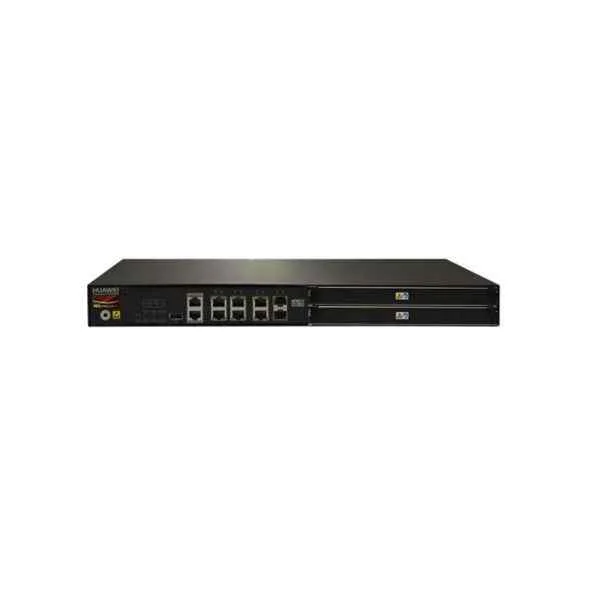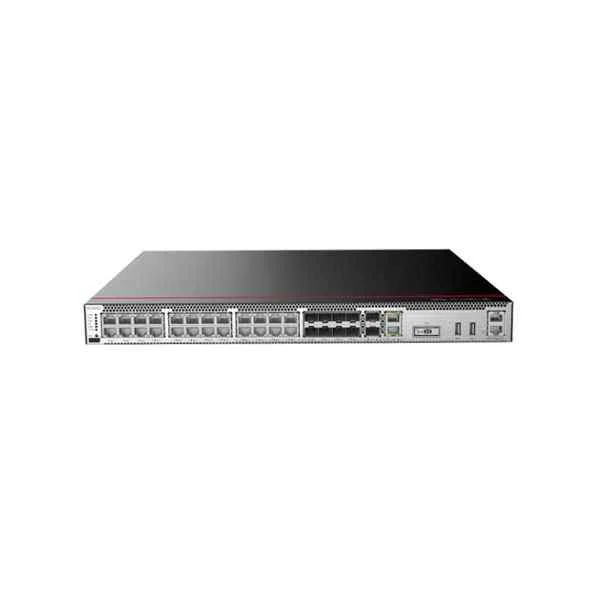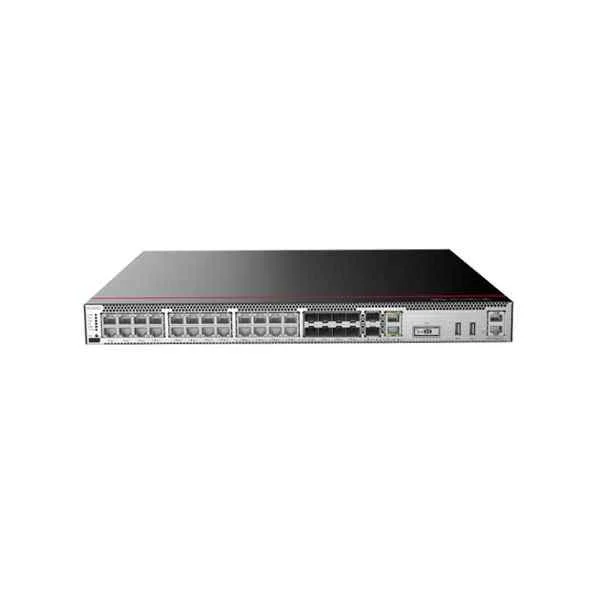-
- Routers
- Switches
- Firewalls
- Wireless
- Transceivers
- Network Adapters
- Network Cameras
- Desktop Computers
- Laptops
- Workstations
- Servers
- Notebooks
- Memory and Flash
- Data Tapes
- Hard Drives & SSDs
- Storage
- Motherboards
- Computer Memory & RAM
- Power Supplies
- CPUs and Processors
- Computer Cases
- Adapters and Cables
- Video Surveillance Systems
- Security Cameras
- Video Intercom Systems
- Access Control Systems
- Digital Video Recorders
- IP Cameras
- Audio Accessories
- Network Modules and Cards
- IT Accessories
- Audio Equipment
- IP Phones
- UC Solutions
- Video Conferencing
- Software Licenses
- Business Applications
- Wearable Technology
- Portable Computing Devices
- Remote Controls
- Digital Displays
- Computer Monitors
- Mobile Phones
- Backup Batteries
- UPS Systems
- Industrial Routers
- Network Equipment
- Optical Transmission Network
- Optical Access Network
-
- By Brands
- Ubiquiti Routers
- Huawei Routers
- Cisco Routers
- Ubiquiti Routers
- TP-Link Routers
- HPE Routers
- Juniper Routers
- D-Link Routers
- By Brands
- H3C Switches
- Ubiquiti Switches
- Huawei Switches
- Fortinet Switches
- Cisco Switches
- Managed Switches
- Managed Switches
- Hubs / Switches
- Switch
- TP-Link Switches
- HPE Switches
- Dell Switches
- Juniper Switches
- Ruckus Switches
- D-Link Switches
- By Brands
- H3C Access Points
- WLAN Controllers
- Ubiquiti Wireless
- Fortinet FortiAP Wireless Access Point
- Wireless
- Ubiquiti Wireless
- Wireless
- Cisco Wireless LAN
- TP-Link Access Point
- HPE Access Points
- Huawei Wireless APs
- Ruckus Wireless APs
- Ruckus WLAN Controller
- D-Link Wireless
- By Brands
- Huawei Optical Transceivers
- HPE Transceivers
- Transceivers
- Ubiquiti Transceivers
- Cisco Transceivers
- ORM Transceivers
- Repeaters / Transceivers
- TP-Link Transceivers
- Juniper Transceivers
- D-Link Optical Transceivers
- By Brands
- Intel Adapters
- By Brands
- Hikvision Network Cameras
- Networking Cameras & Surveillances
- Network Cameras
- PC / Network Cameras
- By Brands
- Intel PCs
- Desktops / Servers
- Intel Desktops / Servers
- PC Systems
- PC Systems
- Desktops
- PC Systems
- Dell Desktops
- By Brands
- Lenovo Laptops
- Laptops
- Dell Laptops
- By Brands
- Inspur HPC Products
- Dell Workstations
- By Brands
- H3C Servers
- Inspur Servers
- Lenovo Servers
- Poly Servers
- Huawei Servers
- HPE Servers
- Storage Servers
- Servers
- Servers
- Dell Servers
- By Brands
- DLT Data Tape
- 8mm Data Tape
- LTO Data Tape
- SLR / MLR Data Tape
- 8mm Data Tape
- QIC Data Tape
- Super DLT Data Tape
- 3480 & 3490 Data Tape
- 4mm DDS Data Tape
- 3590 "J" and "K" Data Tape
- 3592 Data Tape
- 9840 & 9940 Data Tape
- 8mm VXA Data Tape
- T10000 & T2 Data Tape
- 3570 Magstar Data Tape
- By Brands
- Uniview HDD
- Hard Drives
- Hard Drives & Solid State Drives
- Hard Drives & Solid State Drives
- 3.5" SAS Hard Drives
- 2.5 SAS Hard Drives
- By Brands
- Inspur Storages
- Huawei Storage System
- Dahua Storages
- Intel Storage
- Server & Storage
- Storage Devices
- Storage Devices
- Storage Devices
- Samsung Storage Devices
- HPE Storages
- Dell Storages
- By Brands
- Intel Motherboards
- Motherboards
- By Brands
- RAM
- Memory Modules
- Samsung Memory Modules
- By Brands
- Power Supplies
- Cisco Power Supplies
- By Brands
- Lenovo Processors
- AMD CPU
- Intel CPUs
- Intel Processors
- By Brands
- Intel Cases
- By Brands
- Uniview Display & Control
- Uniview NVR (Prime.Pro)
- Hikvision Alarm Products
- Hikvision HiLook Products
- Hikvision Intelligent Traffic Products
- Hikvision Network Video Recorders
- Hikvision Other Products
- Hikvision PTZ
- Hikvision Thermal Cameras
- Hikvision Turbo HD Cameras
- Dahua Alarms
- Dahua CVI
- Dahua Mobile & Traffic
- Dahua NVR
- Dahua Other Products
- Dahua Project Exclusive Products
- Dahua XVR
- Security
- Security Support Services
- Juniper Security
- Huawei Video Surveillance
- By Brands
- Hikvision Transmission and Display Products
- Hikvision Video Intercom
- Dahua Video Intercoms
- By Brands
- Hikvision Access Control
- Dahua Access Control
- By Brands
- Poly Accessories
- Lenovo Accessories
- Fortinet Accessories and Transceiver
- Peripheral Devices
- Accessories
- Ubiquiti Accessories
- Case Accessories
- Intel Barebones
- Server Accessories
- Bags
- Chargers
- Input Devices
- Network Accessories
- Notebook Accessories
- VOIP Accessories
- Samsung Accessories
- Home Automation
- Apple Accessories
- Apple Peripherals
- Intel Accessories
- Accessories
- HPE Accessories
- Dell Accessories
- Huawei Accessories
- D-Link KVM
- By Brands
- Poly Phones
- Cisco IP Phones
- By Brands
- Fortinet FortiAnalyzer Centralized Solutions
- Cisco Licenses
- License
- License
- Huawei Licenses
- By Brands
- Inspur AI Solutions
- Inspur STB&Home Gateway
- Inspur Tax Cloud Terminals
- Applications
- Software Service / Support
- Service & Support
- Network Equipment
- Service & Support
- Service & Support
- Document Management Solutions
- By Brands
- Wearable Electronics
- By Brands
- Remote Controls
- By Brands
- ZTE Consumer
- Phones
- Mobile Phones
- Huawei Consumer
- By Brands
- UPS & Batteries
- By Brands
- H3C Other Products
- Inspur Networking Products
- Optical Distribution Management
- Fortinet Network Security Platforms
- Fortinet Others
- Dahua Network Video Servers
- Dahua Transmission
- HPE Controllers
- GPON Equipment
- Network Equipment
- Network Equipment
- Network Equipment
- Ubiquiti WLAN Controllers
- Network Devices
- Mobile Broadband
- Network Equipment
- Cisco SMB Products
- Network Equipment
- Network Equipment
- Network Equipment
- Network Equipment
- Network Equipment
- Network Adapter
- Network Equipment
- Network Equipment
- TP-Link Network Components
- Juniper Mist Products
- Juniper Product Bundles
 United States Dollar (USD)
United States Dollar (USD)
-
 United States Dollar (USD)
United States Dollar (USD)
-
 Australian Dollar (AUD)
Australian Dollar (AUD)
-
 Brazilian Real (BRL)
Brazilian Real (BRL)
-
 British Pound Sterling (GBP)
British Pound Sterling (GBP)
-
 Canadian Dollar (CAD)
Canadian Dollar (CAD)
-
 Chinese Yuan (CNY)
Chinese Yuan (CNY)
-
 Euro (EUR)
Euro (EUR)
-
 Hong Kong Dollar (HKD)
Hong Kong Dollar (HKD)
-
 Mexican Peso (MXN)
Mexican Peso (MXN)
-
 Russian Ruble (RUB)
Russian Ruble (RUB)
-
 Singapore Dollar (SGD)
Singapore Dollar (SGD)
-
 Swiss Franc (CHF)
Swiss Franc (CHF)
-
 UAE Dirham (AED)
UAE Dirham (AED)
-
 Albanian Lek (ALL)
Albanian Lek (ALL)
-
 Argentine Peso (ARS)
Argentine Peso (ARS)
-
 Aruban Florin (AWG)
Aruban Florin (AWG)
-
 Azerbaijani Manat (AZN)
Azerbaijani Manat (AZN)
-
 Bahamian Dollar (BSD)
Bahamian Dollar (BSD)
-
 Barbadian Dollar (BBD)
Barbadian Dollar (BBD)
-
 Belarusian Ruble (BYN)
Belarusian Ruble (BYN)
-
 Belize Dollar (BZD)
Belize Dollar (BZD)
-
 Bermudian Dollar (BMD)
Bermudian Dollar (BMD)
-
 Bolivian Boliviano (BOB)
Bolivian Boliviano (BOB)
-
 Bosnia-Herzegovina Convertible Mark (BAM)
Bosnia-Herzegovina Convertible Mark (BAM)
-
 Botswana Pula (BWP)
Botswana Pula (BWP)
-
 Bulgarian Lev (BGN)
Bulgarian Lev (BGN)
-
 Brunei Dollar (BND)
Brunei Dollar (BND)
-
 Cambodian Riel (KHR)
Cambodian Riel (KHR)
-
 Cayman Islands Dollar (KYD)
Cayman Islands Dollar (KYD)
-
 Chilean Peso (CLP)
Chilean Peso (CLP)
-
 Costa Rican Colón (CRC)
Costa Rican Colón (CRC)
-
 Croatian Kuna (HRK)
Croatian Kuna (HRK)
-
 Cuban Peso (CUP)
Cuban Peso (CUP)
-
 Czech Koruna (CZK)
Czech Koruna (CZK)
-
 Danish Krone (DKK)
Danish Krone (DKK)
-
 Dominican Peso (DOP)
Dominican Peso (DOP)
-
 East Caribbean Dollar (XCD)
East Caribbean Dollar (XCD)
-
 Egyptian Pound (EGP)
Egyptian Pound (EGP)
-
 Salvadoran Colón (SVC)
Salvadoran Colón (SVC)
-
 Falkland Islands Pound (FKP)
Falkland Islands Pound (FKP)
-
 Fijian Dollar (FJD)
Fijian Dollar (FJD)
-
 Ghanaian Cedi (GHS)
Ghanaian Cedi (GHS)
-
 Gibraltar Pound (GIP)
Gibraltar Pound (GIP)
-
 Guatemalan Quetzal (GTQ)
Guatemalan Quetzal (GTQ)
-
 Guernsey Pound (GGP)
Guernsey Pound (GGP)
-
 Guyanese Dollar (GYD)
Guyanese Dollar (GYD)
-
 Honduran Lempira (HNL)
Honduran Lempira (HNL)
-
 Hungarian Forint (HUF)
Hungarian Forint (HUF)
-
 Icelandic Króna (ISK)
Icelandic Króna (ISK)
-
 Indian Rupee (INR)
Indian Rupee (INR)
-
 Indonesian Rupiah (IDR)
Indonesian Rupiah (IDR)
-
 Israeli Shekel (ILS)
Israeli Shekel (ILS)
-
 Japanese Yen (JPY)
Japanese Yen (JPY)
-
 Jamaican Dollar (JMD)
Jamaican Dollar (JMD)
-
 Kazakhstani Tenge (KZT)
Kazakhstani Tenge (KZT)
-
 South Korean Won (KRW)
South Korean Won (KRW)
-
 Kenyan Shilling (KES)
Kenyan Shilling (KES)
-
 Kuwaiti Dinar (KWD)
Kuwaiti Dinar (KWD)
-
 Libyan Dinar (LYD)
Libyan Dinar (LYD)
-
 Norwegian Krone (NOK)
Norwegian Krone (NOK)
-
 Pakistani Rupee (PKR)
Pakistani Rupee (PKR)
-
 Philippine Peso (PHP)
Philippine Peso (PHP)
-
 Polish Zloty (PLN)
Polish Zloty (PLN)
-
 Qatari Rial (QAR)
Qatari Rial (QAR)
-
 Romanian Leu (RON)
Romanian Leu (RON)
-
 Serbian Dinar (RSD)
Serbian Dinar (RSD)
-
 Swedish Krona (SEK)
Swedish Krona (SEK)
-
 Thai Baht (THB)
Thai Baht (THB)
-
 Tunisian Dinar (TND)
Tunisian Dinar (TND)
-
 Turkish Lira (TRY)
Turkish Lira (TRY)
-
 New Taiwan Dollar (TWD)
New Taiwan Dollar (TWD)
-
 Tanzanian Shilling (TZS)
Tanzanian Shilling (TZS)
-
 Ukrainian Hryvnia (UAH)
Ukrainian Hryvnia (UAH)
-
 Vietnamese Dong (VND)
Vietnamese Dong (VND)
-
 South African Rand (ZAR)
South African Rand (ZAR)
-
 Central African CFA Franc (XAF)
Central African CFA Franc (XAF)
-
 West African CFA Franc (XOF)
West African CFA Franc (XOF)
-
 CFP Franc (XPF)
CFP Franc (XPF)









































































